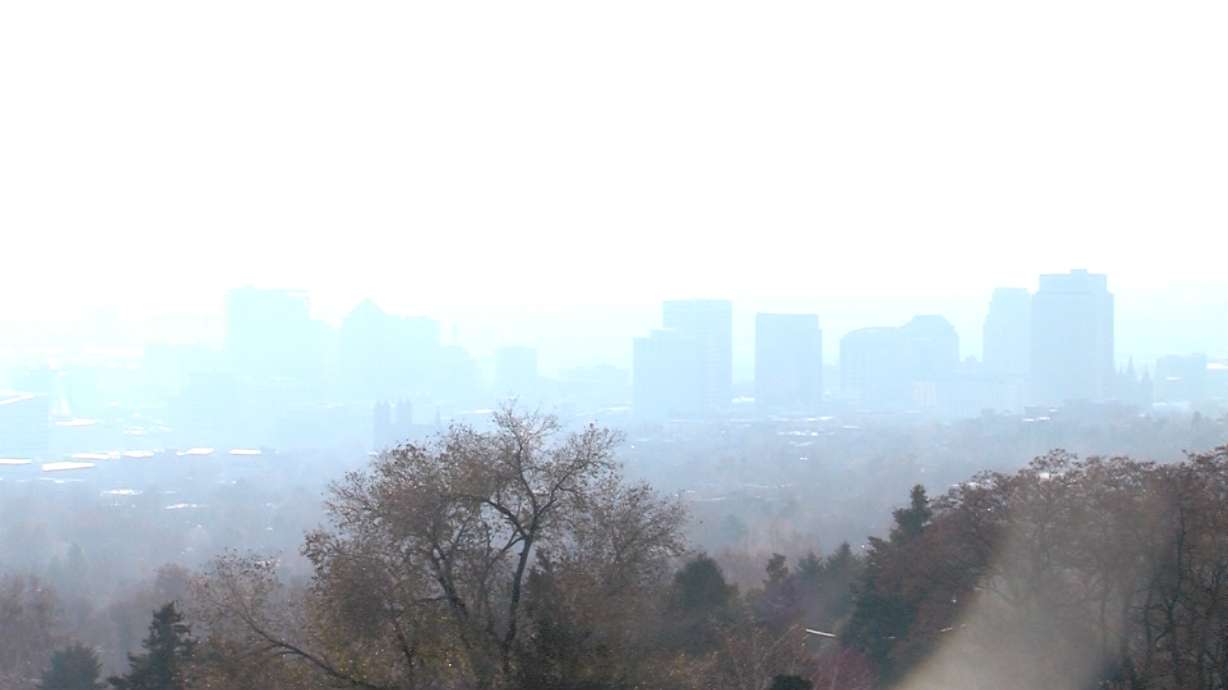Estimated read time: 3-4 minutes
This archived news story is available only for your personal, non-commercial use. Information in the story may be outdated or superseded by additional information. Reading or replaying the story in its archived form does not constitute a republication of the story.
SALT LAKE CITY — Children growing up in Southern California now have better lung function than their counterparts from the mid-1990s thanks to a steady decline in air pollution.
That conclusion is the result of an expansive, groundbreaking study that took place over two decades and tracked 2,120 children over three separate periods — 1994-98, 1997-2001 and 2007-11.
"We found that long-term improvements in air quality were associated with statistically and clinically positive effects on lung function growth in children," according to the University of Southern California's Children's Health Study.
The study found lung function improvements in all groups of children that took part, regardless of age, gender or race. Improved lung function was most strongly associated with decreasing levels of particulate pollution such as PM2.5 and PM10 — two categories of pollutants that are problematic along the Wasatch Front — plus nitrogen oxide.
To be published Thursday in the New England Journal of Medicine, the study demonstrates the benefits of better air quality and highlights what the authors say is an environmental success story evidenced by stronger air quality rules.
Related:
"We expect that our results are relevant for areas outside Southern California, since the pollutants we found most strongly linked to improved health — nitrogen dioxide and particulate matter — are elevated in any urban environment," said W. James Gauderman, the study's lead author and professor of preventative medicine at the university's Keck School of Medicine.
The study notes that Southern California has been historically plagued by high levels of air pollution given its large motor vehicle fleet, being home to the country's largest seaport and its natural landscape that traps polluted air over the basin.
Regional air pollutants have been continuously monitored since 1994, and a combination of federal, state and local air quality measures have produced dramatic improvements.
Two harmful pollutants — nitrogen oxide and the fine particulates — have dropped by 40 percent for the third and latest group of children tracked in 2007-11, compared with the first group studied in 1994-98.
As air quality improved, so did the rate of lung growth for children. The study found that children breathing improved air in the latter group was 10 percent greater compared with the children in the mid-'90s.
"We saw pretty substantial improvements in lung function development in our most recent cohort of children," Gauderman noted.
We found that long-term improvements in air quality were associated with statistically and clinically positive effects on lung function growth in children.
–University of Southern California's Children's Health Study
The analysis followed groups of children divided into five study communities of Long Beach, Mira Loma, Riverside, San Dimas and Upland in which pulmonary function testing was performed. Of the 2,120 children, nearly 75 percent of them were tested at the beginning at age 11 and at the end of the follow-up period at age 15.
The goal of the analysis was to probe the association between long-term improvements in air quality and lung function development in children ages 11 to 15, a period in which lungs are developing rapidly in both boys and girls.
"Our observation of improvements in air quality and subsequent improvements in longitudinal respiratory health outcomes may provide objective evidence" that supports the tenet of the Clean Air Act that decreases in air pollutants leads to protections of public health, the study notes.
"Our results suggest that better air quality in the future will lead to even better lung health," Gauderman said.
The study was funded by the Health Effects Institute, a partnership of the auto industry and federal government; as well as the California Air Resources Board, Hastings Foundation and National Institute of Environmental Health Sciences.









